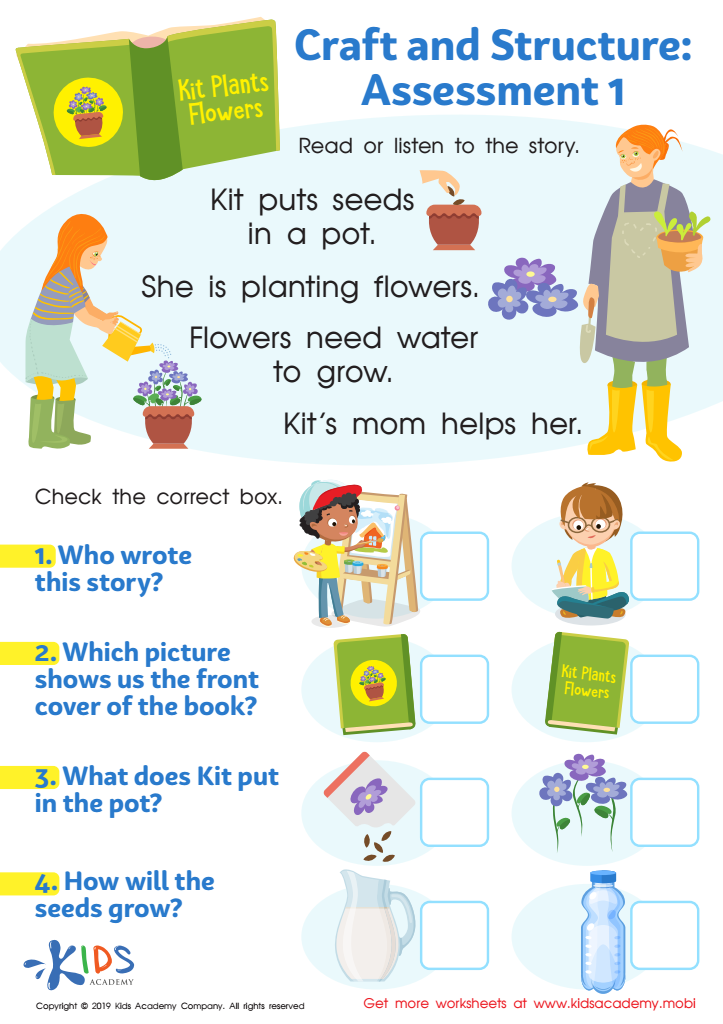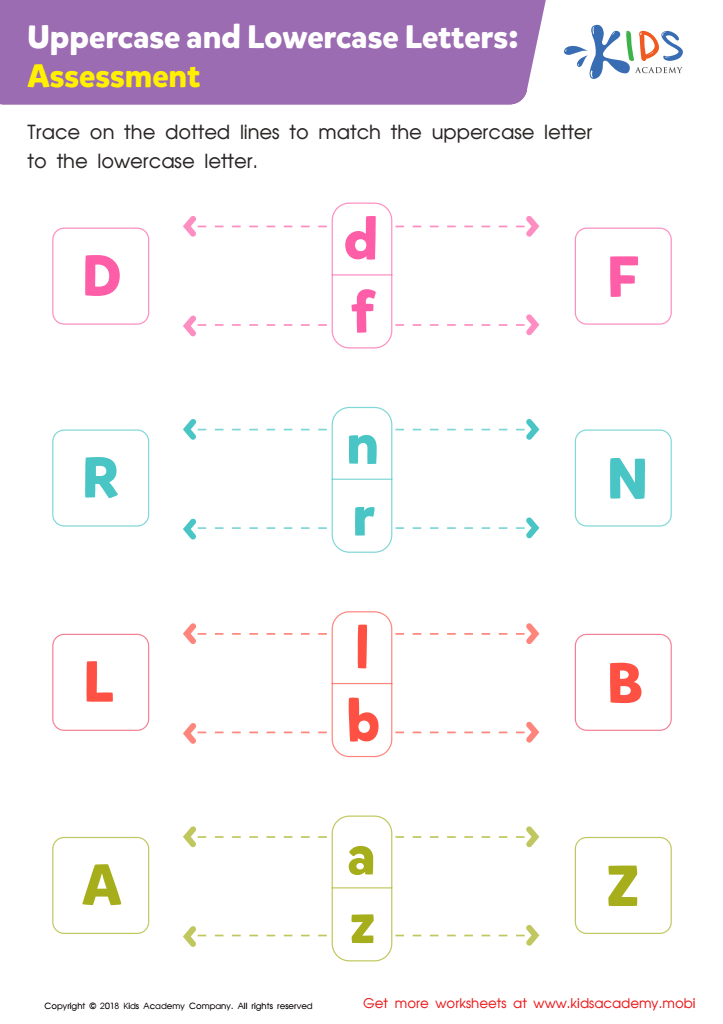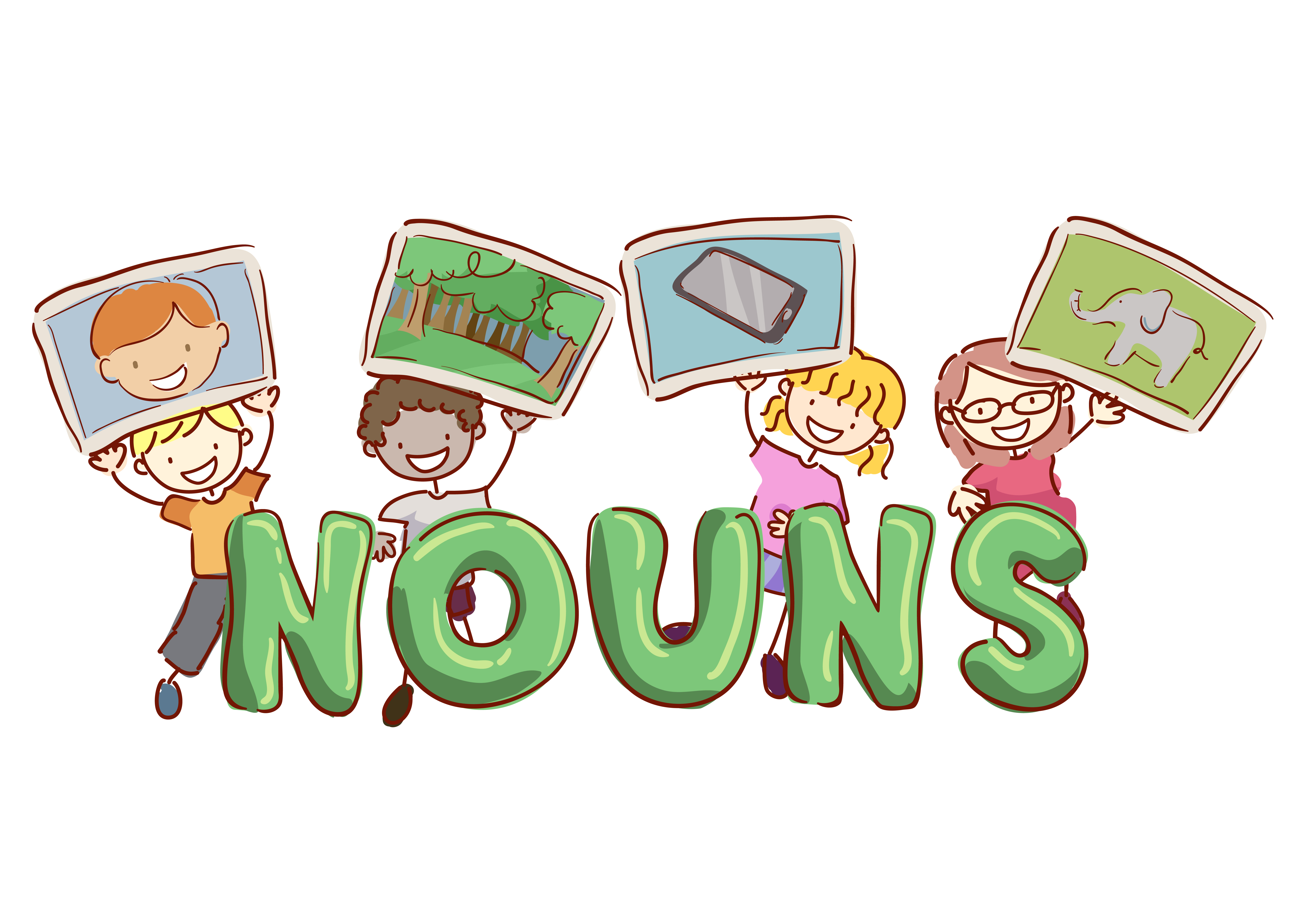Identifying characters Worksheets for Ages 6-8
3 filtered results
-
From - To
Discover our engaging "Identifying Characters Worksheets" designed specifically for children ages 6-8! These worksheets help young learners develop essential reading comprehension skills while exploring various narratives. Through fun activities, kids will practice identifying main and supporting characters, enhancing their understanding of story dynamics. Our vibrant, age-appropriate worksheets encourage critical thinking and boost creativity as children analyze characters' roles and motivations. Perfect for classroom use or at-home learning, these resources make literacy enjoyable. Download and print our worksheets to inspire your child’s interest in reading and foster their ability to summarize stories by recognizing the key players!


Craft and Structure: Assessment 1 Worksheet


Uppercase and Lowercase Letters: Assessment Worksheet
Identifying characters is a crucial aspect of learning for children aged 6-8, and both parents and teachers play vital roles in this process. At this age, children are developing their reading and comprehension skills, and characters serve as anchors within stories. By learning to identify and understand characters, children can engage more deeply with texts, fostering a love for reading and improving their comprehension abilities.
Understanding characters helps children relate to emotions and experiences presented in stories. This empathy-building is essential for their social and emotional development. Furthermore, recognizing different character traits and motivations enhances critical thinking, allowing children to make inferences and predictions based on their interactions.
Teachers can cultivate this skill through various methods such as discussions, role-playing, and character mapping, while parents can reinforce this at home by reading together and asking questions about the characters’ actions and feelings. By prioritizing character identification, both parents and teachers contribute to nurturing well-rounded, empathetic, and analytical thinkers. In essence, developing this skill not only enhances literacy but also lays the foundation for effective communication and social skills, vital for a child’s overall growth and success in school and beyond.


 Assign to My Students
Assign to My Students
















